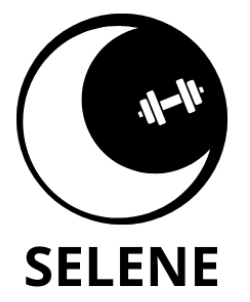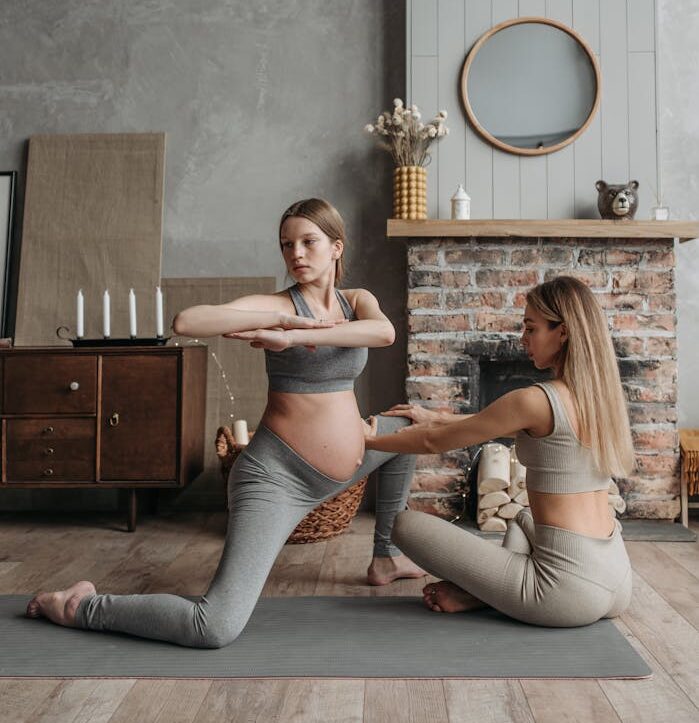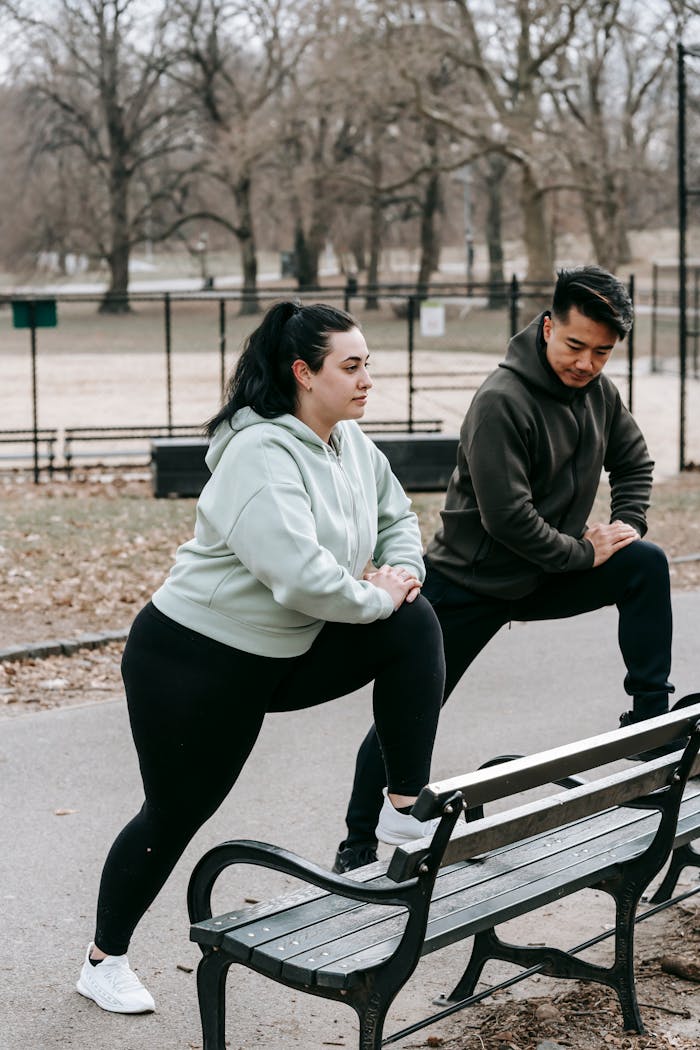Welcoming a new baby is an exciting and transformative experience, but it also comes with its share of physical and emotional challenges. As a new mother, finding time to care for yourself can be difficult, but it’s crucial for your overall well-being. Yoga and mindfulness practices offer a gentle and effective way to support your post-partum recovery, helping you regain strength, reduce stress, and enhance your mental health. In this blog post, we’ll explore the benefits of yoga and mindfulness for post-partum women and provide some practical tips and routines to get started.
The Benefits of Yoga for Post-Partum Women
- Physical Recovery:
- Rebuild Core Strength: Yoga focuses on gentle movements that engage and strengthen the core muscles, which can be weakened during pregnancy and childbirth.
- Strengthen Pelvic Floor Muscles: Many yoga poses help engage and strengthen the pelvic floor muscles, crucial for post-partum recovery and preventing issues like incontinence.
- Improve Flexibility: Stretching and holding yoga poses can help improve flexibility and reduce muscle tension.
- Enhance Posture: Post-partum yoga helps correct postural imbalances caused by the physical demands of caring for a newborn.
- Mental and Emotional Well-being:
- Reduce Stress: Practicing yoga promotes relaxation and reduces stress levels, which is especially important for new mothers dealing with the demands of a newborn.
- Boost Mood: The mindful breathing and gentle movements in yoga can help alleviate symptoms of post-partum depression and anxiety.
- Increase Mindfulness: Yoga encourages mindfulness and present-moment awareness, helping new mothers connect with their bodies and emotions.
- Bonding with Your Baby:
- Mom and Baby Yoga: Many post-partum yoga classes incorporate activities that include your baby, providing a unique opportunity for bonding while you both enjoy the benefits of yoga.
Getting Started with Post-Partum Yoga
- Consult with Your Healthcare Provider: Before starting any new exercise program, it’s essential to get clearance from your healthcare provider, especially after childbirth. They can advise you on when it’s safe to begin and any specific precautions you should take.
- Find a Specialized Yoga Instructor: Look for a yoga instructor who specializes in post-partum fitness. They will understand the unique needs of new mothers and can tailor the practice to be safe and effective for you.
- Start Slowly and Listen to Your Body: Begin with gentle poses and gradually increase the intensity as your strength and flexibility improve. Always listen to your body and avoid any movements that cause discomfort or pain.
Sample Post-Partum Yoga Routine
- Cat-Cow Stretch (Marjaryasana-Bitilasana):
- Purpose: Gently stretch and warm up the spine.
- How to Do It: Start on your hands and knees, with your wrists directly under your shoulders and your knees under your hips. Inhale, arch your back, and lift your head and tailbone (Cow Pose). Exhale, round your back, tuck your chin, and draw your belly in (Cat Pose). Repeat for 5-10 breaths.
- Child’s Pose (Balasana):
- Purpose: Relax and stretch the lower back, hips, and thighs.
- How to Do It: From a kneeling position, sit back on your heels and stretch your arms forward on the floor. Rest your forehead on the mat and breathe deeply for 1-2 minutes.
- Bridge Pose (Setu Bandhasana):
- Purpose: Strengthen the glutes, hamstrings, and lower back.
- How to Do It: Lie on your back with your knees bent and feet hip-width apart. Press your feet into the floor, lift your hips towards the ceiling, and hold for 5-10 breaths. Lower down slowly.
- Reclining Bound Angle Pose (Supta Baddha Konasana):
- Purpose: Open the hips and promote relaxation.
- How to Do It: Lie on your back and bring the soles of your feet together, allowing your knees to fall out to the sides. Place pillows under your knees for support if needed. Relax and breathe deeply for 1-2 minutes.
- Legs Up the Wall Pose (Viparita Karani):
- Purpose: Reduce swelling in the legs and promote relaxation.
- How to Do It: Sit close to a wall and swing your legs up onto the wall as you lie back. Adjust your distance from the wall for comfort. Rest your arms by your sides and breathe deeply for 5-10 minutes.
Incorporating Mindfulness into Your Daily Routine
- Mindful Breathing:
- Take a few minutes each day to focus on your breath. Inhale deeply through your nose, hold for a moment, and exhale slowly through your mouth. This practice can help calm your mind and reduce stress.
- Body Scan Meditation:
- Lie down in a comfortable position and mentally scan your body from head to toe, noticing any areas of tension or discomfort. This practice helps increase body awareness and promotes relaxation.
Conclusion
Yoga and mindfulness practices offer numerous benefits for post-partum women, helping you regain physical strength, reduce stress, and improve your overall well-being. At Selene PT, we’re committed to supporting your post-partum journey with personalized fitness programs that incorporate these holistic practices. Remember, taking time for yourself is not only beneficial for you but also for your baby. Start your post-partum recovery journey today with Selene PT and embrace a healthier, happier you.



